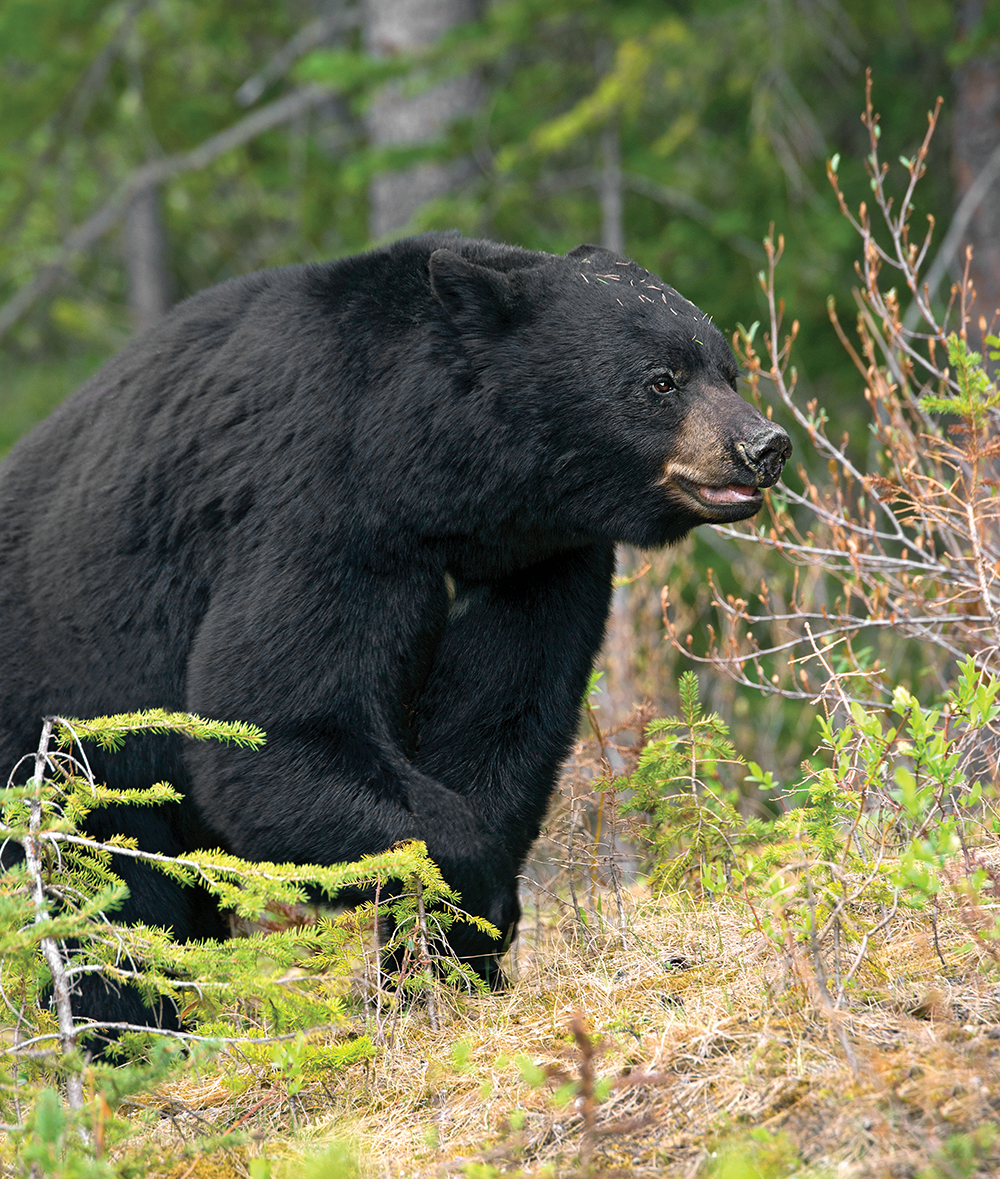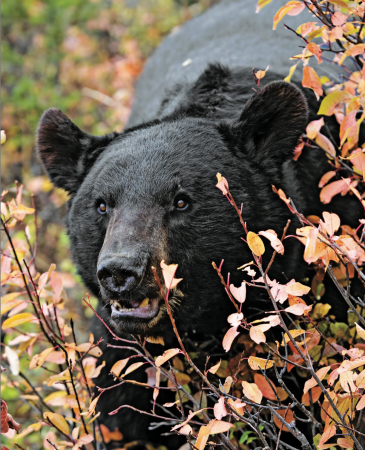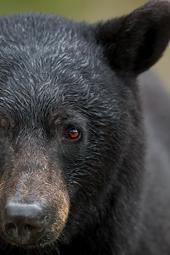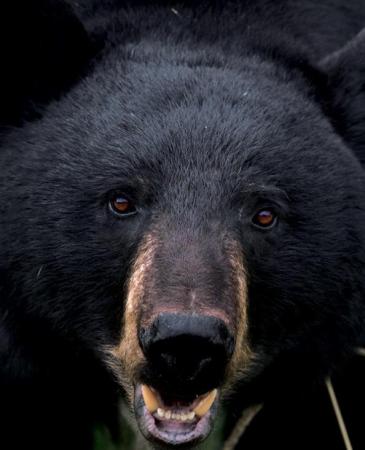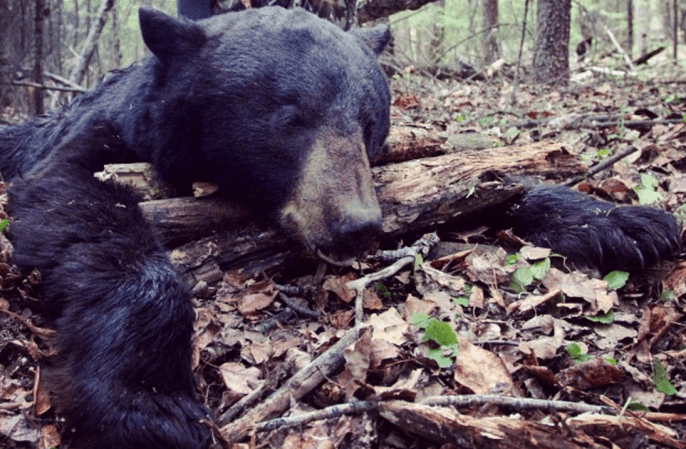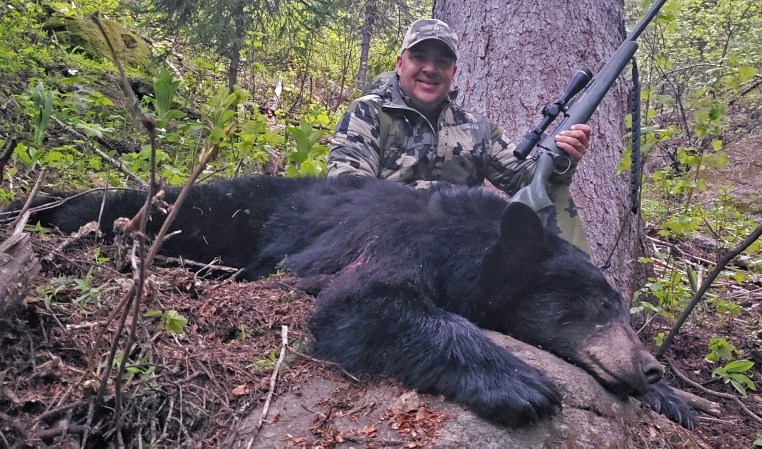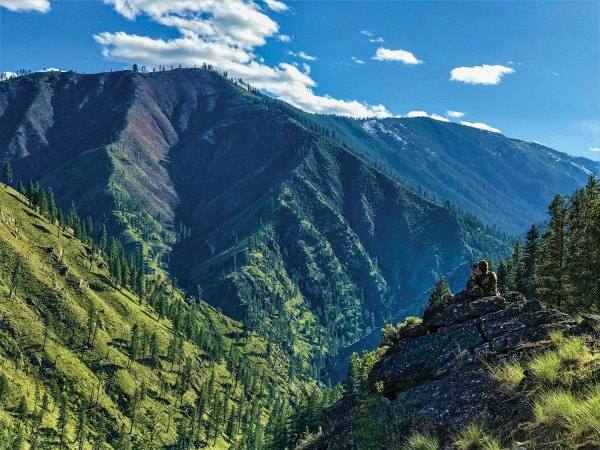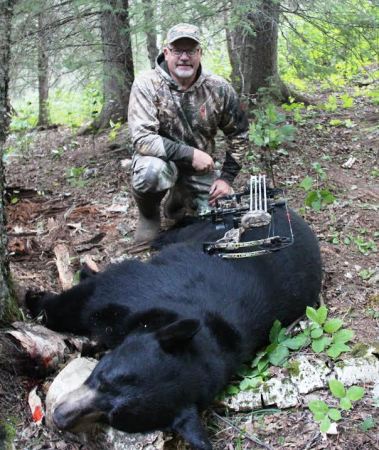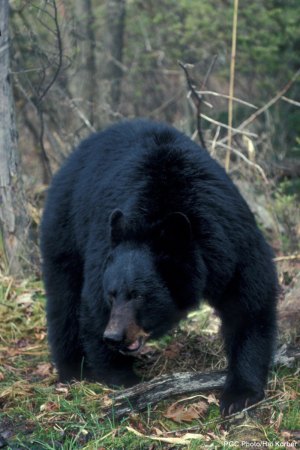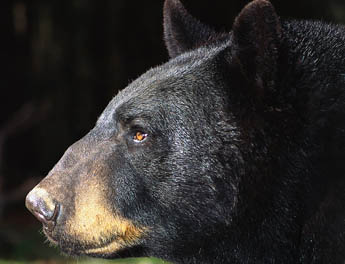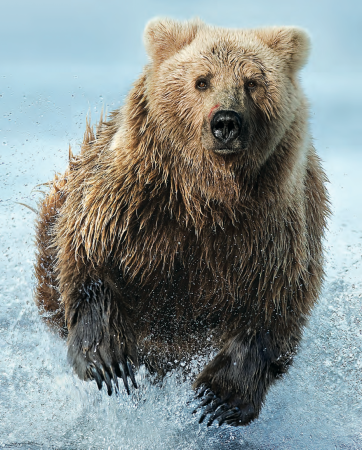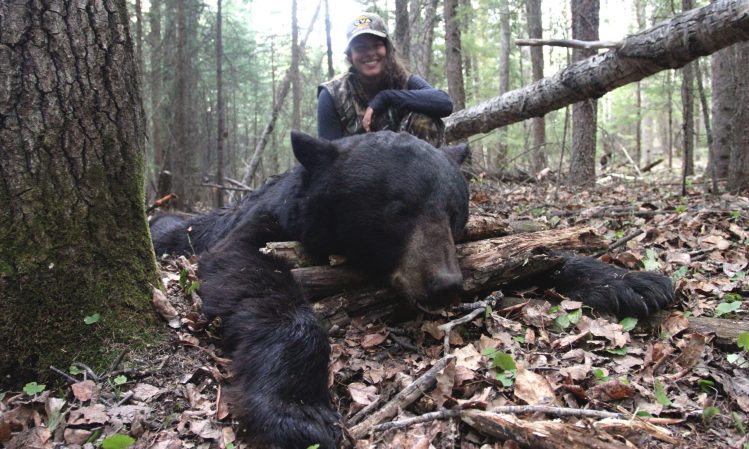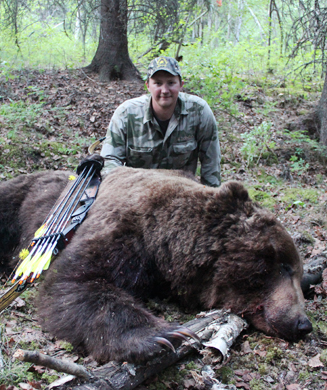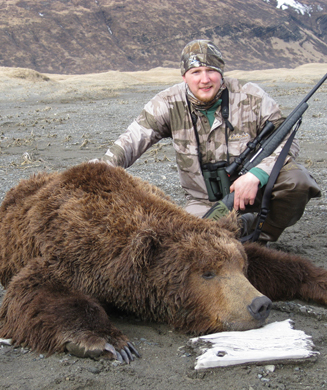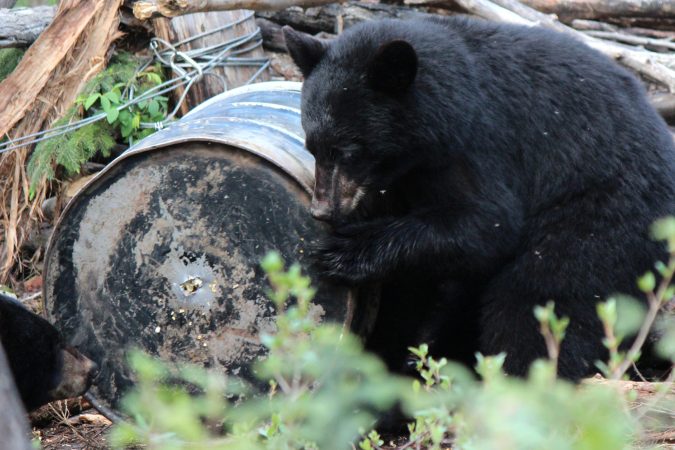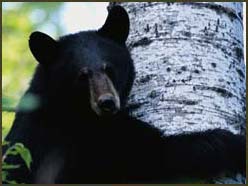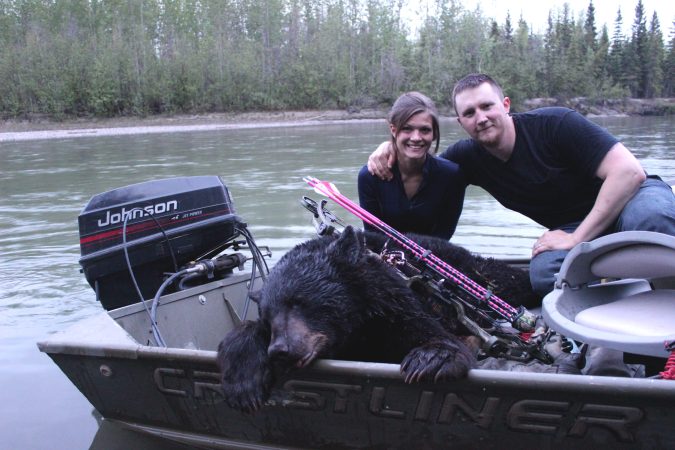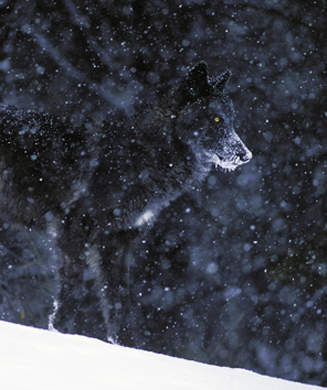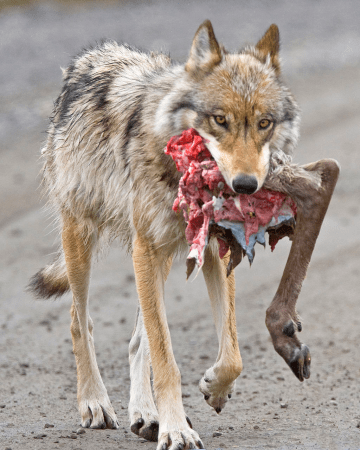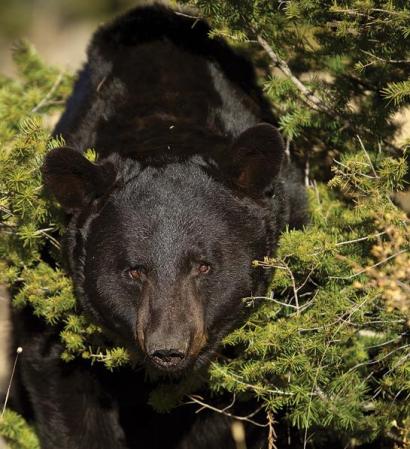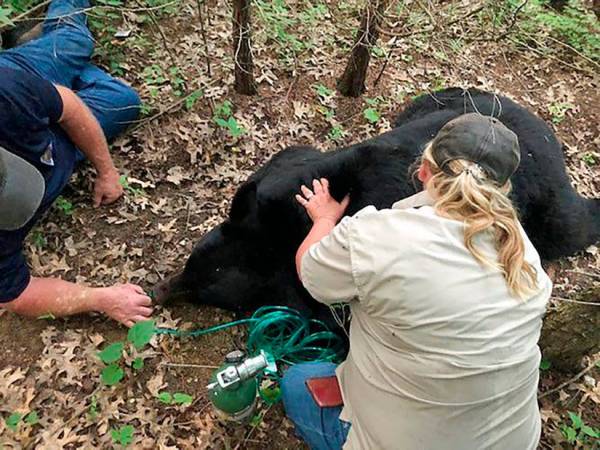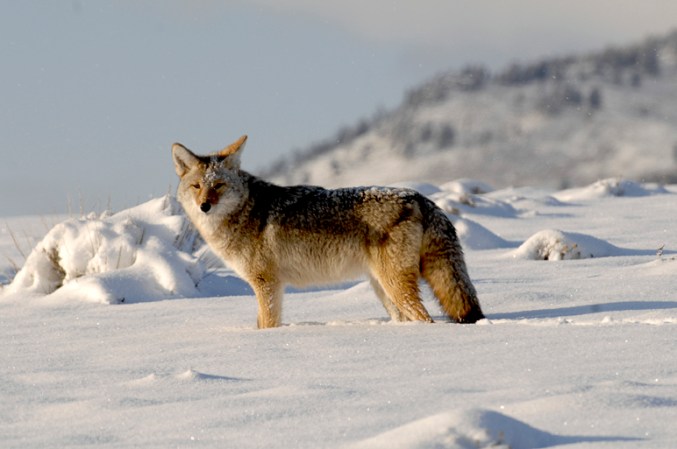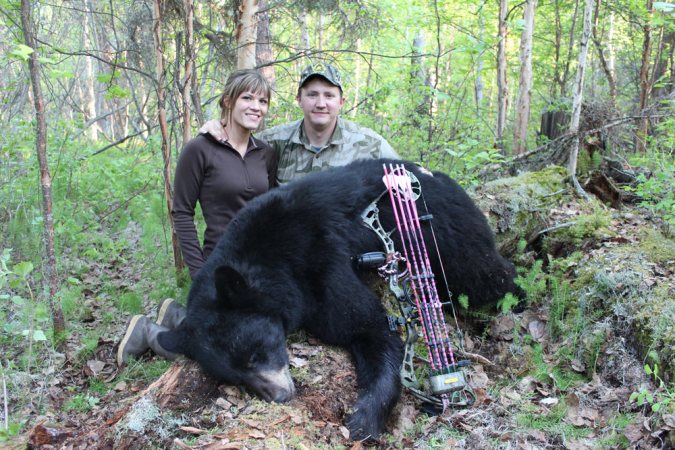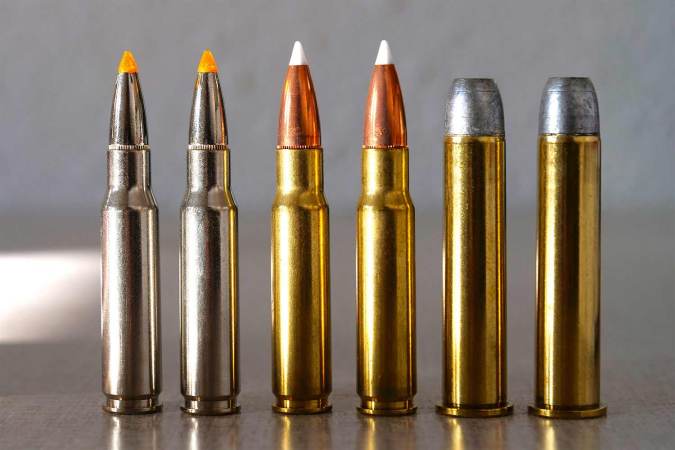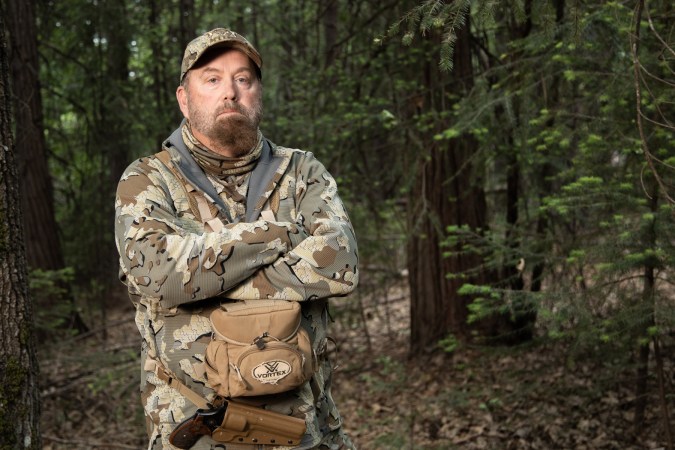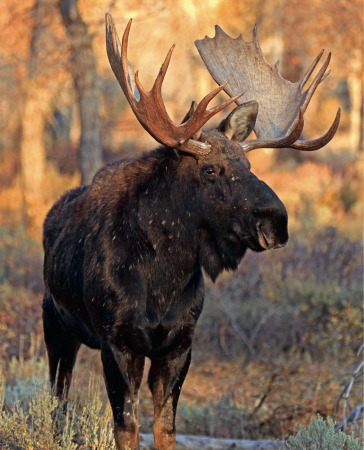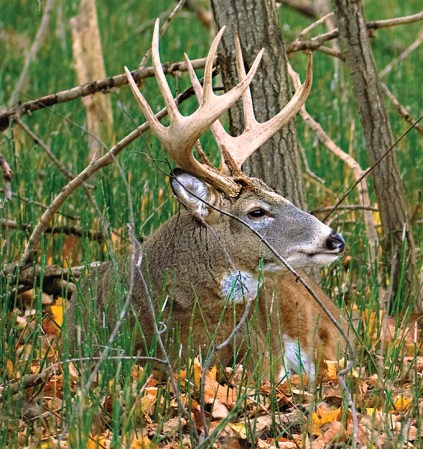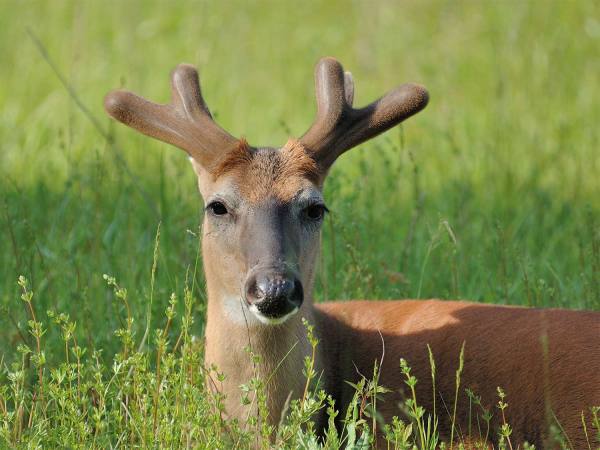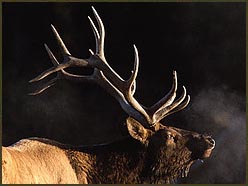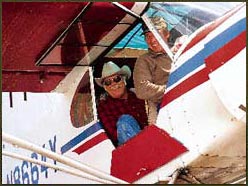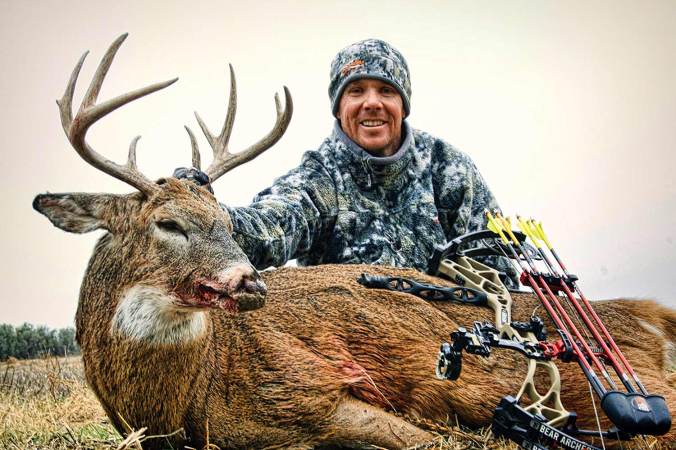Black bears are on a tight schedule during the spring. Although they remain fairly sedentary for a time after emerging from their dens, they then start covering a lot of country in short order. But their patterns are predictable, almost like clockwork. Understanding when and where bears move throughout the spring will help hunters zero in on the right places to intercept them.
GREEN-UP
6 p.m.–8 p.m.
▶ When a bear comes out of its den, it remains idle for a week or so. Once its digestive system starts churning, the bear cruises for food in moist areas like creek bottoms, swamps, and south-facing slopes with an exposure to the spring sun. A binocular can help you cut down somewhat on the hiking, but hunting bears in places where they’re not baited requires covering ground to find the new grass and forbs that bears prefer early in the season. A study in northwestern Montana found black bears keyed on clover and dandelions at this time.
Many wildlife studies have shown that in spring black bears move the most at twilight and before dawn, moderately during the day, and the least at night. If you find fresh scat, plan to return to that spot in the last two hours of the evening.
CALF PREDATION
5 a.m.–7 a.m.
▶ After a week or two of grazing, a bear’s gut is ready for protein. An Alaskan study determined that the lowland areas where bears first fed on plants in the spring were, conveniently, the same places moose cows dropped their calves in late May. The study noted bears started moving closer to these calving zones in mid-May. Studying three years of research, biologists in Alaska determined that between 30 and 39 percent of moose calves in the surveyed area were killed by black bears. Two studies (one via IDFG) in north-central Idaho found black bears and mountain lions were the primary cause of elk calf mortality.
Hunt the early morning. This is when predatory bears move in on bedded herds of cows and their newborn calves.
BREEDING SEASON
8 a.m.–10 a.m.
▶ Male bears cover a large area as May turns to June’s breeding season; you may find young boars in non-traditional areas, like open fields. Females center their home ranges on food, so boars searching for companionship also focus their travels on food. Bears use the same routes year after year. These lanes often traverse gentle slopes along ridgetops and follow valley bottoms, game trails, and closed roads. Tree rubs are a visual giveaway that you’re along one of these paths. Watching these routes is the best way to find bruins on the move at bear o’clock, which by the heat of June is midmorning.
Calving Areas
How to Find Mid-Season Bears
Once black bears find a steady supply of live meat, they turn away from grass and carrion. If you find calving sites for elk and moose, black bears won’t be far away.
Elk and moose have different preferences for calving sites, but hiding cover is an important component for both. Elk in the Yellowstone area tend to calve in sagebrush on southern slopes that are free of snow and are further along in the green-up process. Elk in Washington prefer to calve in riparian areas.
Moose generally move to their lowest elevations of the year just before calving season. They select moist pine and spruce forest to give birth and remain there for less than a week.
Spring bear hunting in these calving zones calls for either spot-and-stalk approaches or calling. Imitating the calls of a cow elk or moose (or the distress squeals of their calves) can be productive, but watch your back, because predatory bears can come in from any direction. If you’re hunting in a place where the ranges of black and grizzly bears overlap, make sure you can readily identify the differences between the two species.
DID YOU KNOW?
Bears in spring crave salad. Look for chewy, succulent leaves of skunk cabbage and cow parsnip, and you might find bears.
